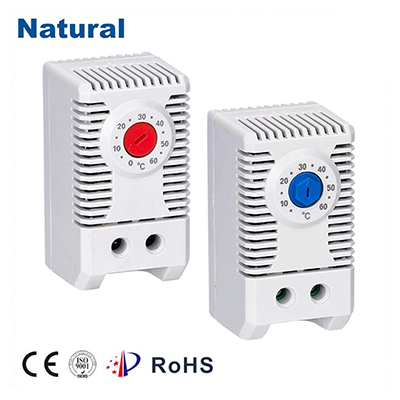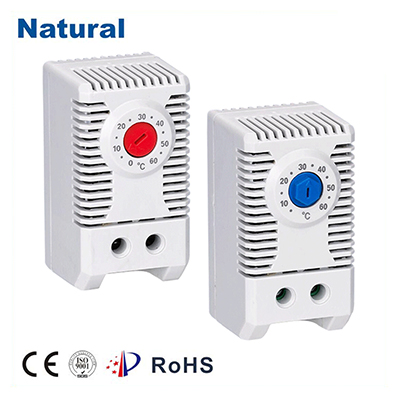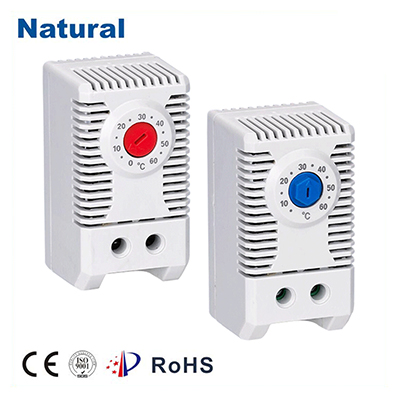Bimetal thermostats are an essential component in various temperature regulation systems. Widely used in household appliances, automotive systems, and industrial applications, they operate on a simple yet effective mechanism that relies on the physical properties of two different metals. This article explores the structure, working principle, and applications of bimetal thermostats, highlighting their role in maintaining temperature stability and preventing overheating.

What is a Bimetal Thermostat?

A bimetal thermostat is a temperature-sensitive switch that uses the physical property of two metals with different coefficients of expansion. When these metals are bonded together, their unequal expansion when heated or cooled causes the bimetallic strip to bend or deflect. This bending action is then used to trigger an on/off switch, regulating the temperature of the system in which it is installed. Typically, bimetal thermostats are used for regulating temperature in appliances such as refrigerators, ovens, and heaters, as well as in automotive cooling systems. Structure and Working Principle
